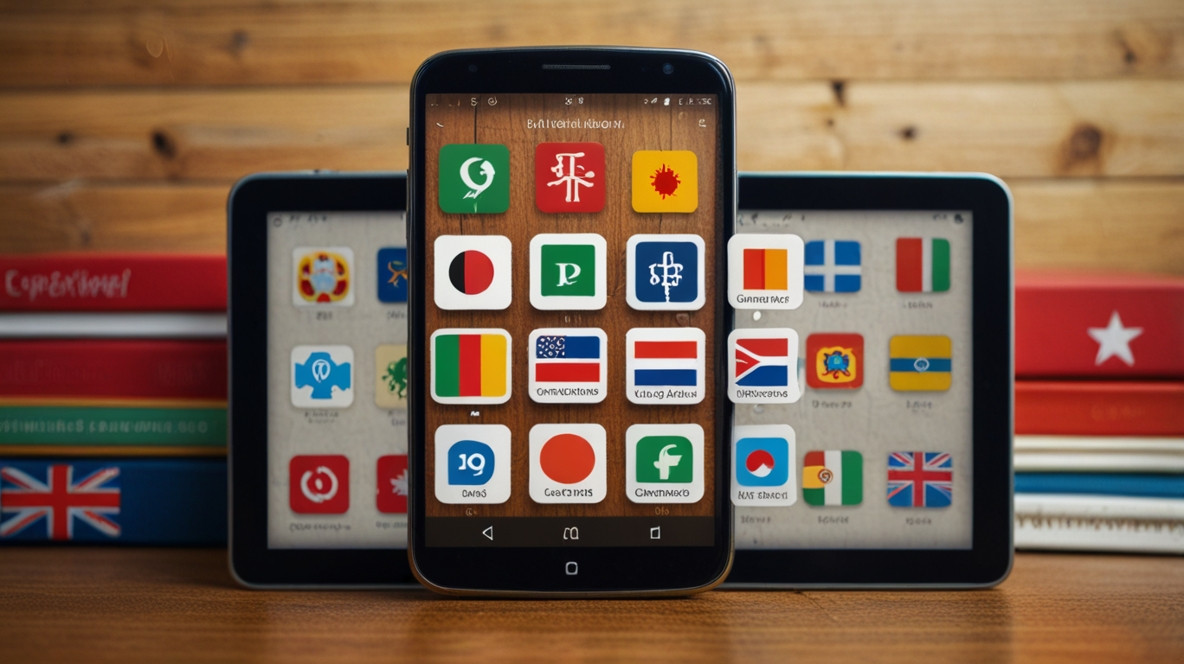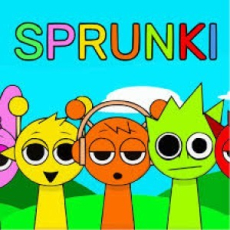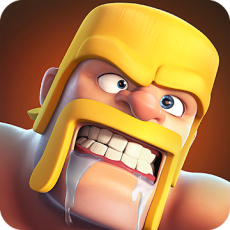Discover 5 Fun Language Learning Apps to Boost Your Motivation
2025-01-13

Learning a new language has become easier than ever, thanks to a wide range of budget-friendly apps available in 2024. Whether you're aiming to pick up the basics or enhance your fluency, there are various tools designed to help learners at every level. In this review, we will explore five of the most popular language learning apps: Duolingo, Memrise, Busuu, Drops, and Babbel, focusing on their gameplay, functionality, and aesthetics.
Gamified Learning for Motivation
One of the standout features of most language apps today is the integration of gamification to keep learners engaged. Among the most prominent in this area is Duolingo, which is famous for its friendly competition and interactive exercises. The app breaks down lessons into bite-sized chunks, rewarding users with points, streaks, and fun in-game incentives. Its intuitive and accessible design makes it an ideal choice for those just starting out, while the competitive elements push users to practice daily.
Memrise takes a similar approach, but instead of purely focusing on structured lessons, it offers an array of multimedia elements to boost learning. Real-life videos and dialogues play a key role in teaching, blending gamified features with practical immersion. Memrise also leverages spaced repetition technology to help learners retain vocabulary over time.
On the other hand, Busuu incorporates a blend of traditional learning approaches with a collaborative aspect, allowing users to have their exercises reviewed by native speakers. This social element adds depth to the app, giving it a community feel that motivates users to improve through peer feedback, rather than solely relying on automated assessments.
Functionality and Features
Functionality is crucial when deciding on the right language app. Duolingo has a straightforward and clean interface, with lessons segmented into levels that adapt to your progress. What stands out about Duolingo is its accessibility — the app offers a free version that covers a wide range of languages, although there’s a paid tier for more advanced features, such as ad-free learning and personalized lessons.
Memrise emphasizes user-generated content alongside official courses, making it ideal for learners who like exploring diverse materials. The app supports offline learning, which is perfect for users on the go. Its practical exercises are backed by a speech recognition tool, which helps users practice pronunciation, though the tool can be hit or miss depending on your accent.
Busuu provides a more comprehensive experience, integrating grammar lessons, vocabulary drills, and real-life dialogues. What sets Busuu apart is its structured learning path, which is tailored to your skill level and goals. The premium edition provides advanced features, including downloadable lessons, feedback from native speakers, and personalized study plans.
Drops takes a different approach from the others, focusing on visual learning and vocabulary-building through minimalistic, five-minute sessions. Its aesthetically appealing interface uses vibrant images and playful animations to make learning feel less like a task. Drops doesn’t delve into grammar as much, making it more suitable for beginners or people looking to expand their vocabulary.
Babbel, in contrast, is designed for those who want a more structured and formal learning approach. It offers comprehensive lessons on grammar, vocabulary, and real-world conversation skills. What sets Babbel apart is its emphasis on practical, everyday phrases, ensuring that users can engage in everyday conversations more naturally. The app’s premium subscription offers a wealth of content, including cultural insights, pronunciation tips, and advanced language exercises.
Aesthetic and User Experience
Each of these apps comes with a distinct design that influences user experience. Duolingo is known for its colorful and fun interface, which appeals to all age groups. Its cartoonish style and friendly owl mascot make it an inviting platform for those who might be intimidated by the process of learning a new language. However, some users may find the repetitive nature of the lessons limiting once they reach an intermediate level.
Memrise, while also colorful, focuses more on immersion. Its use of real-life video clips adds authenticity to the experience. The app’s design is clean, though slightly more cluttered than Duolingo, as it incorporates more multimedia elements. Despite this, the balance between structured lessons and free-form exploration appeals to users who enjoy learning in a more organic, less restrictive environment.
Busuu offers a professional-looking interface, which reflects its more serious approach to language learning. The app’s subdued colors and minimalist design create a focused atmosphere, making it ideal for users who want to learn without distractions. The overall user experience is highly intuitive, with clear progression tracking and seamless navigation between lessons and exercises.
Drops is all about simplicity and visual appeal. The app uses vibrant colors and icons to represent words, allowing users to form associations between images and vocabulary. It’s a refreshing change from the more text-heavy apps, though this minimalism means it lacks depth in terms of grammar and conversation practice.
Babbel is the most businesslike of the bunch, with a straightforward, no-frills design. Its lessons are laid out clearly, and its aesthetic is clean, though not as visually stimulating as some of the other apps. However, Babbel’s focus is on functionality and getting the learner to practical proficiency, so the design choices make sense in this context.
Cost and Value
When it comes to affordability, these apps provide a variety of pricing plans, allowing learners to select the option that based on their budget. Duolingo leads the pack with its free version, which is supported by ads. The paid tier, Duolingo Plus, offers enhanced features for a monthly fee, but many find the free version sufficient for basic language learning.
Memrise provides a decent amount of free content, but users will need to subscribe to the premium version for more comprehensive lessons and features such as offline learning. The price is relatively affordable, and the extra content is worth the upgrade for serious learners.
Busuu’s free version gives access to basic lessons, while the premium subscription unlocks additional features like personalized study plans, native speaker corrections, and offline access. The price is moderate, with the added benefit of its social community aspect making it a strong contender for value.
Drops offers free five-minute sessions daily, with the option to unlock unlimited learning time and extra features through a paid subscription. It’s on the cheaper side, but the app’s scope is more limited to vocabulary building than full language fluency, so it might not offer the same value for learners looking for a well-rounded education.
Babbel, the most expensive of the five, requires a subscription for access to any of its content. However, the quality of the lessons, coupled with the focus on real-world conversations and practical grammar, make it worth the investment for those who want a more formal learning experience.
Which App is Right for You?
Ultimately, the best app for you will depend on your preferred learning approach, objectives, and financial considerations. Duolingo is perfect for casual learners and beginners, while Memrise is a great option for those who enjoy immersive, multimedia content. Busuu appeals to more serious learners who value native speaker interaction, and Drops is ideal for visual learners who want quick, daily practice. Finally, Babbel stands out for those who prefer a structured, grammar-focused approach to mastering a new language.









